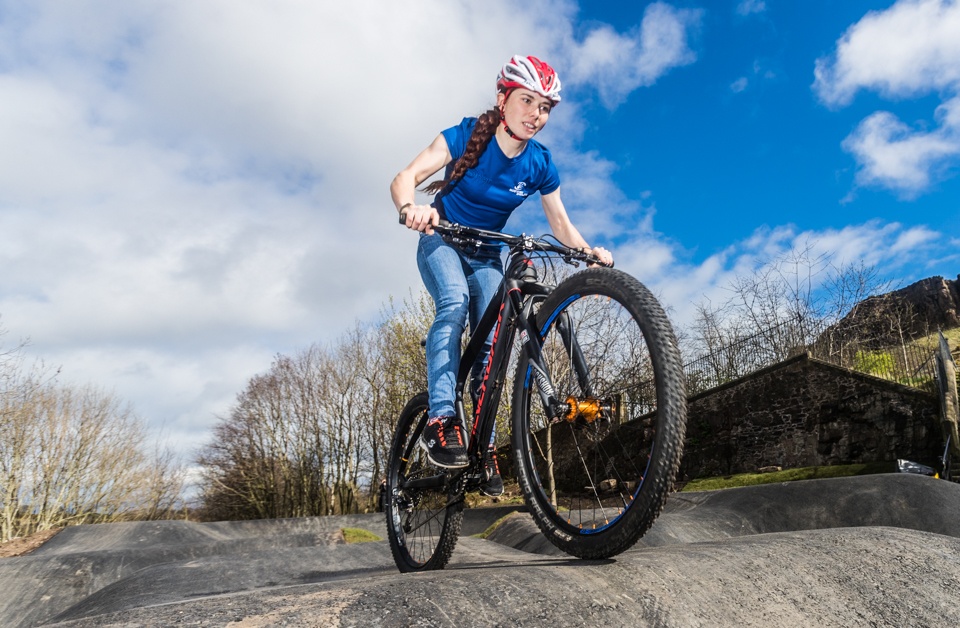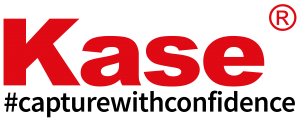June 24, 2020
Shooting to a brief
One of the challenges of moving from amateur to pro is shooting to a brief. What is a brief, and how do you succeed in delivering for clients?

Last week was the anniversary of me moving from my old post in Banking to the life of a professional photographer. My job today is an educator with Edinburgh Photography Workshop, a freelance press photographer, and a public relations (or PR) photographer. This latter role means that I work for businesses or agencies to deliver photographs for a particular purpose. It could be to support a press release, imagery for a website or to be featured in a magazine article. To meet the clients’ expectations, you need to understand what they want and how they want it. This communication is called a ‘brief’.
What type of brief can you expect?
Over the years, I have had briefs provided in a variety of styles and formats. Sometimes, it could just be provided in a telephone conversation, all the way through to a detailed multi-page written document. In my experience, they probably fit into three different styles. Before I go into the detail, let me just clarify that all of these can be appropriate. It depends on the size of the organisation and the use that will determine what would work best.
Hands off brief
I tend to receive this kind of guidance from smaller organisations I have worked with before. The level of information given is usually minimal – you could describe it as a brief, brief! Instructions could be as vague as “You know what we’re looking for—shots of people at the event and some close-ups of speakers. Oh and anything else you think might be interesting”. That’s it; you receive hardly any information to go on to make sure that you deliver for the client. If this is the first time dealing with a client who gives you this kind of brief, then the next section will provide you with some ideas of questions to ask.

Tell a story brief
The second style of brief is a little more detailed. I would usually receive this kind of instruction from an agency or more large organisation. The brief would include a description of the story they want to be told. I’m given links to a product or service that the photographs I will provide will support. The agency will usually offer some ideas that they have for photos that they want. However, there will also be a degree of latitude to be creative. The key is to make sure that you deliver the clients ideas before adding your own creative ideas.
Directive Brief
In many ways, this style of the brief can be the most difficult to deliver for the client. The amount of information provided in the brief can be overwhelming if you aren’t used to receiving them. I can expect instructions on the type of lighting, the angle of shooting, right through to the size and format of the images supplied. Often, there will be minimal creativity in providing these images. Instead, direct your efforts to ensure that you have met every aspect of the client brief.
Regardless of the type of brief provided, your ability to deliver what the client is looking for is going to determine if they choose to work with you again. How can you ensure that you get it right, most of if not all of the time?
Things to think about
The next few tips are a non-exhaustive list of things that you might want to ask a client if they haven’t told you.
Where
I like to know where my photos are going to be used. It’s not because my ego is desperate to see my pictures in print or online, but because it will lead me to tailor the composition of my photos. Let’s say that photographs are going to be a front-page feature in a magazine then the orientation is going to be portrait and not landscape. Alternatively, pictures that are going on a billboard advert will be landscape.
Similarly, where the photos are used may determine the type of background you’ll be looking for. I regularly work with an agency that uses my photos in public interest stories in trade magazines. The images are likely to have text overlaid on them – this leads me to ensure that there is clear space around the main subject where the text will be easily readable.
When
It doesn’t matter how good your photos are if the pictures aren’t provided when they are needed then the client isn’t going to be happy. I always make sure that I know when the images are required. If the shots are necessary to support a time-critical story, then I’ll have a laptop with me and sort out a reliable internet connection.
On the occasions where the timescales are pushed out a little further, I will try to exceed expectations. There is nothing better for an e-mail to drop in the box with great photos, the day before they were expected.
How
A further thing to clarify with your contact is how they want to receive the images you have lovingly taken and edited. A client won’t need 30mb full quality photos when the pictures are going to be used in the next 10 minutes to put on social media. Alternatively, images that are going to go on a billboard campaign will need to be full-sized and maximum quality. It’s also worth asking if there is a particular colour space that’s required. This is particularly pertinent when photos are being used in print. Print shops will prefer an Adobe RGB colour space instead of SRGB that you’ll usually be shooting in.
On the day and after
Delivering a brief isn’t all about getting the information upfront. The key to making a client happy is how you act at the shoot and, even more, necessary after. Back in September 2018, I published a blog, 6 ways to avoid a photo-disaster. Go back and have a read of it to remind you of the simple things that can stop you delivering. Things like forgetting memory cards and batteries turn a happy client to an angry one!
Be nice! Being a photographer can be frustrating. Not everyone is going to be comfortable having their pictures taken. Some people can be stressed and take out their frustrations on whoever is near. Others can just have a streak, that means they want to be complicated. Be prepared for all these and stay calm. You’ll work better if you are feeling positive and keeping your head. Better still, a client is going to get confidence that you are on top of your game when others aren’t.

Back-up your photos. I can’t stress this enough. It’s no good if you have fully understood the brief, taken great pictures and been the beacon of loveliness at the shoot. If you lose the photos you’ve made before the client gets them, all your good work has gone to waste. Remember, that clients might also come back to you months or even years later to request images in a different format. I did a shoot in my first year as a pro photographer and had a call just last year from the client. They had misplaced the original files. One of the directors of the company had been asked at the last minute for a headshot. The panicked phone call from the client turned into a positive experience when I was able to dip back into the archive and quickly export a new copy in a couple of minutes. A thrilled client!
I hope this has given you a few things to think about if you’re about to make the leap to being a PR photographer. It’s a real change moving from taking the photos you want to deliver photos that a client needs. Get it right, and it can be fantastically rewarding as well as profitable.
Listen along
If you don’t feel like spending time reading these blogs, you can now listen to them instead. Head to your usual podcast providers such as iTunes or Google podcasts and search for The Edinburgh Photography Workshop Podcast. If you do like listening, please subscribe to hear it every week and leave a review. That helps others to find the podcast as well.
Give us your feedback
If you’ve got any questions or comments, leave them below. You can sign up for the Edinburgh Photography Workshop monthly newsletter where you’ll get regular updates on exciting things happening in photography and some great tips. Sign up by clicking here.
